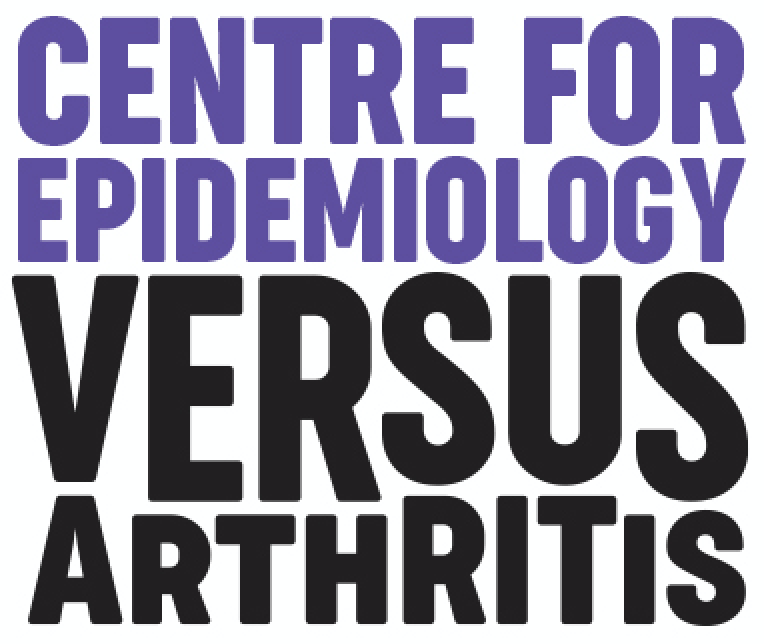Blog
Rebecca Barnard
2017-04-20 06:41
Cloudy Guest Blog: Fibromyalgia Action UK

Fibromyalgia is a chronic, long-term condition involving widespread pain, a heightened pain response, and overwhelming fatigue. The name fibromyalgia is derived from Latin: fibro for fibrous tissues such as tendons, ligaments; my for muscles; and algia for pain.
The severity, location and duration of pain varies for each person and between groups of people, but the condition is often described as feeling like diffuse aching or burning. The fatigue ranges from feeling tired to complete exhaustion. This may come and go, and people can suddenly feel drained of all energy, a bit like “pulling the plug"!
Besides pain and fatigue, fibromyalgia symptoms often include:
- Un-refreshing sleep, waking up tired and stiff
- Cognitive disturbances, including a lack of concentration, temporary memory impairment and mixing up words, also known as “brain fog".
- Clumsiness and dizziness
- Headaches, ranging from ordinary types to migraines
- Irritable bowel syndrome, alternating between diarrhoea and constipation, sometimes accompanied by nausea and abdominal gas
- Sensitivity to changes in the weather and to noise, lights, smoke and other environmental factors
- Fibromyalgia is more common than you think
To the surprise of many, fibromyalgia is a common condition – more common than rheumatoid arthritis in fact. A survey conducted in five European countries established at between 2.9% and 4.7% of people in Europe were diagnosed with fibromyalgia. We know that many people with fibromyalgia may either be undiagnosed, or misdiagnosed with another condition, so it is likely that this number of greater.
Diagnosing fibromyalgia isn't straight forward
Although fibromyalgia is not a new condition, it is difficult to diagnose because it cannot be identified in standard laboratory tests and investigations. Moreover, many of the signs and symptoms of fibromyalgia are found in other conditions as well (for example, myalgic encephalomyelitis (ME) and rheumatoid arthritis (RA)), so these are often excluded first before a fibromyalgia diagnosis is made. When this point is reached, the diagnosis depends largely on two symptoms: pain in all four quadrants of the body for at least three months and pain in at least 11 out of 18 'tender' points on the body when they are pressed.
Treating fibromyalgia is equally as difficult
Current treatment for fibromyalgia attempts to treat the symptoms of the condition, rather than the condition itself, as not enough is known about the underlying mechanisms that cause the condition. Treatment largely aims to reduce pain and improve sleep, leaving patients to experiment with different self-care techniques to ease their symptoms. A combination of heat, rest, exercise, relaxation techniques and measures to reduce stress can enable some people with fibromyalgia to maintain a productive life. Healthcare professionals may refer people to a physiotherapist or occupational therapist for further treatment and advice. People are sometimes referred to a pain clinic, which may not take the pain away, but it can help lessen the impact on daily life. Since pain can affect your mood and behaviour, psychological support may be useful. Therapies such as cognitive behavioural therapy (CBT) have been reported helpful by several people with fibromyalgia.
People with fibromyalgia can have good and bad days. On a good day, it is important for people to pace themselves; overdoing things may simply make matters worse. Rest is equally important. People often feel guilty for taking time out to rest, but it's essential that people listen to their bodies when it is telling them to slow down.
Introducing Fibromyalgia Action UK
Fibromyalgia Action UK is a registered charity working to improve the lives of people with fibromyalgia by increasing awareness of the condition, improving access to fibromyalgia treatments and providing support to people living with fibromyalgia and their families. In addition, Fibromyalgia Action UK provides medical information for professionals, operates a national helpline, manages an online support forum and links up to a UK-wide system of support groups working at local and regional levels to support people living with fibromyalgia.
What do people with fibromyalgia think about weather and pain?
There are mixed opinions on this one! Many people notice a difference in their symptoms, such as pain, fatigue and cognitive dysfunction (more commonly referred to as brain fog) when the weather is cold and wet. Indeed, in a study by the National Fibromyalgia Association in the United States, cold and damp weather with low air pressure were associated with flare-ups in symptoms of fibromyalgia. It will be interesting to see what Cloudy with a Chance of Pain reveals!
Finding support if you are living with fibromyalgia
Fibromyalgia Action UK operates a national helpline for people living with fibromyalgia (0300 999 3333). The charity also operates a benefits helpline (0300 999 0055). There's lots of useful information on Fibromyalgia Action UK's website, including patient information booklets and medical packs for healthcare professionals. In addition, Fibromyalgia Action UK has several local support groups around the UK. The charity's regional coordinators can help to put you in touch with a group nearest to you. Simply visit Support Groups on the Fibromyalgia Action UK site, select the Regional Coordinator for your area and send a message including your post code.
Some top tips for dealing with fibromyalgia
- One size doesn't fit all, so some of these coping strategies may work for one person, but not for another:
- Make time for yourself each day. People with fibromyalgia are faced with additional demands each day that healthy people do not necessarily have. It's perfectly justifiable and necessary for you to make time each day for you – whether it be out in the garden, an afternoon nap, getting lost in a good book or a walk to the local park.
- Adjust your sleeping arrangements. Many people with fibromyalgia have problems related to sleep. Try to ensure that your body is ready for sleep by: avoiding technology at least one hour before bedtime; eliminating caffeine from your diet in the afternoon and evening; exercising as much as you feel able to (but not near bedtime); and by using earplugs and eye masks to block out sound and light that may stop you from sleeping.
- Use mind and body techniques to help you to relax. There are lots of techniques that you can use to ease tension and anxiety. Examples include meditation, mindfulness, muscle relaxation, guided imagery and visualisation.
- Soak in a warm bath or stand under a warm shower. This may help you to relax your muscles and reduce pain.
- Keep a journal. Writing can be a great way for you to express your feelings. It can also help you to observe patterns in how you feel, and you may begin to associate events with symptoms, and therefore adjust what you do accordingly. There are lots of ways to do this – from the good old pen and paper, to smartphone apps. It doesn't necessarily have to be words either – lots of people take pictures and videos too!






